What is Land Use Change: Causes and Impacts Explained
- August 28, 2024
- 0 comment
Land use change refers to the transformation of natural landscapes by human activities, impacting ecosystems and economies. Land use change refers to the process by which human activities transform the natural landscape, signifying how land has been utilized over time, especially in the context of its functional role in economic activities. This phenomenon encompasses both permanent alterations, such as urban expansion, as well as dynamic modifications, including agricultural practices and restoration efforts.
Causes of Land Use Change
The primary drivers of land use change stem from human needs, particularly in the areas of food production, housing development, and transportation infrastructure. As the global population continues to increase, the demand for land for various uses also escalates, potentially leading to unsustainable land management practices that can exacerbate ecosystem degradation.
Agricultural Expansion
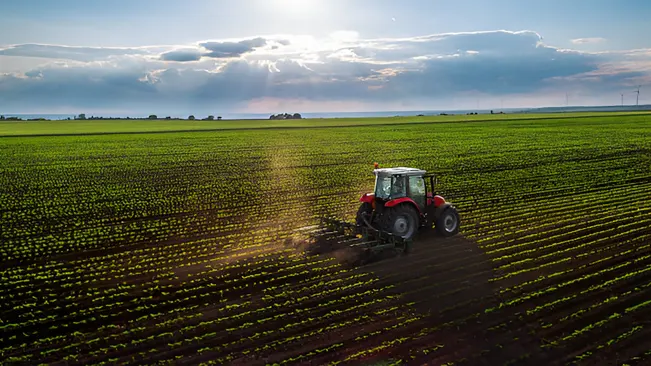
- Food Production: As the global population grows, there’s increasing demand for food. This often leads to the conversion of forests, grasslands, and wetlands into agricultural land. Intensive farming practices can also lead to soil degradation and loss of natural habitats.
- Livestock Farming: The need for pastureland for grazing or growing feed crops can drive deforestation and habitat fragmentation. Livestock farming contributes to land degradation and increased greenhouse gas emissions.
Urbanization

- Housing Development: Rapid urban growth to accommodate increasing populations often leads to the conversion of natural areas into residential, commercial, and industrial zones. This results in habitat loss, increased pollution, and altered local climate conditions.
- Infrastructure Development: The expansion of transportation networks (roads, railways, airports) and other infrastructure (utilities, services) can fragment ecosystems and disrupt wildlife migration patterns.
Forestry and Logging
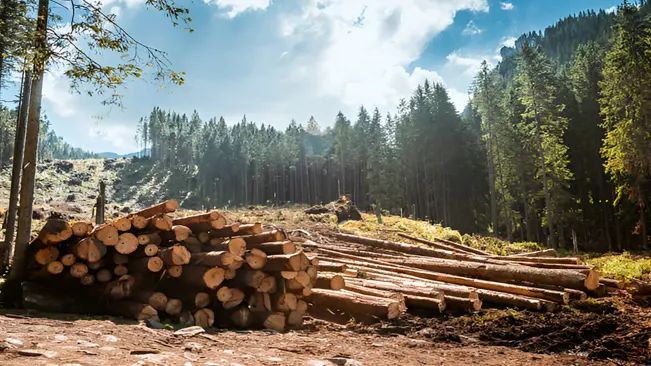
- Commercial Logging: The extraction of timber for construction, paper, and other products can lead to deforestation, loss of biodiversity, and disruption of ecosystem services such as water regulation and carbon sequestration.
- Clear-cutting: In some cases, large areas of forest are cleared for short-term economic gains, which can result in long-term environmental damage and reduced forest resilience.
Mining and Resource Extraction

- Mineral Mining: The search for minerals, oil, and gas often involves clearing large areas of land, which can lead to habitat destruction, soil and water pollution, and social conflicts with local communities.
- Quarrying: Extracting materials like gravel and sand can alter landscapes, affect water tables, and create ecological imbalances.
Population Growth
- Increased Demand: A growing population exerts more pressure on land resources for housing, food, and infrastructure. This often leads to intensified land use practices and expansion into previously undeveloped areas.
Economic Development
- Industrialization: The drive for economic growth can lead to the conversion of natural areas into industrial zones, affecting ecosystems and contributing to pollution.
- Tourism: Expanding tourism can result in habitat loss due to the development of resorts, parks, and recreational facilities, which can disrupt local wildlife and ecosystems.
Legal and Policy Factors
- Land Tenure and Ownership: In some regions, unclear or insecure land tenure can lead to land being used unsustainably. Policies and regulations (or lack thereof) can either mitigate or exacerbate land use change depending on their effectiveness in managing resources and protecting ecosystems.
Impacts of Land Use Change
Land use change has profound implications for the Earth’s systems and can lead to significant environmental consequences. Unsustainable land usage has been linked to climate change, loss of biodiversity, and socioeconomic challenges, such as food insecurity and habitat destruction. For instance, urban and agricultural expansion can disrupt local ecosystems, leading to a decline in natural resources and services that are vital for human survival.
Climate Change
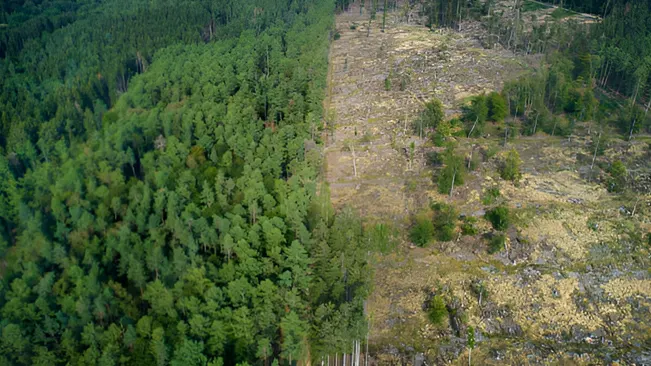
- Greenhouse Gas Emissions: Deforestation and land conversion, especially for agriculture, release significant amounts of carbon dioxide (CO2) and other greenhouse gases. Trees and vegetation act as carbon sinks, and their removal leads to increased atmospheric CO2, contributing to global warming.
- Albedo Effect: Changes in land use, such as replacing forests with urban areas or croplands, can alter the Earth’s albedo (reflectivity). For instance, urban areas with dark surfaces absorb more heat, exacerbating the urban heat island effect.
Loss of Biodiversity
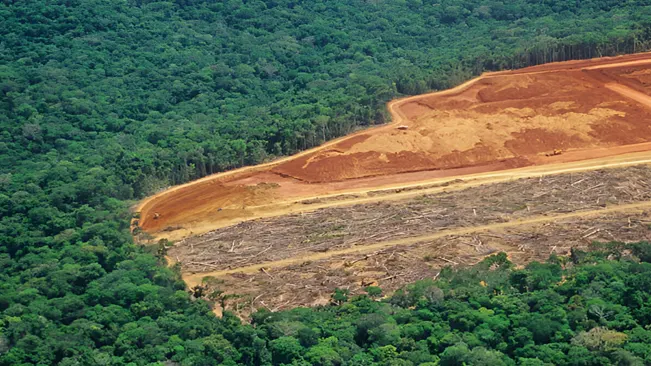
- Habitat Destruction: Converting forests, wetlands, and grasslands into agricultural or urban areas destroys habitats for many species. This leads to species extinction or displacement, reducing biodiversity. Even when some natural areas remain, they are often fragmented into smaller patches, which can isolate wildlife populations and disrupt ecological processes.
Soil Degradation
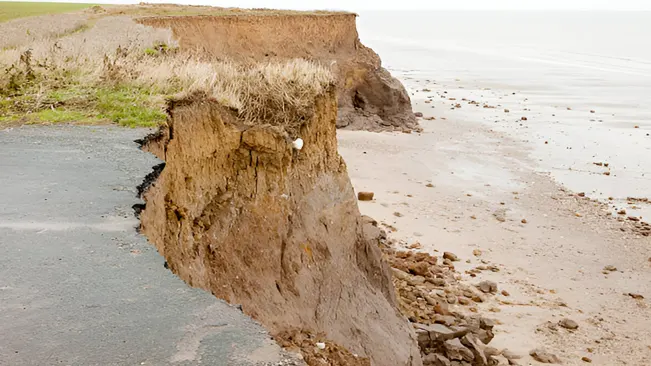
- Agricultural practices, deforestation, and urban development can lead to soil erosion, reducing soil fertility and leading to sedimentation in water bodies. Heavy machinery used in agriculture and construction can compact the soil, impairing its ability to retain water and support plant growth.
Water Resources
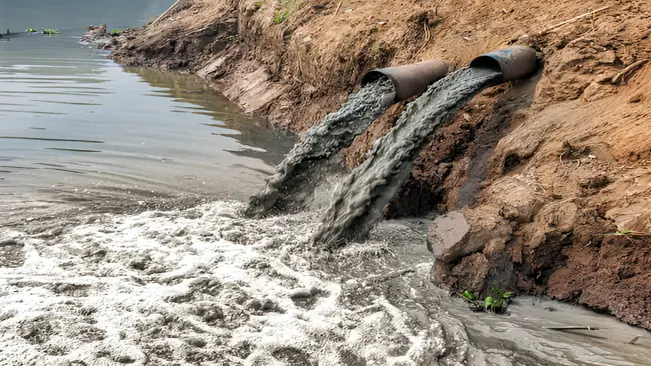
- Land use changes, such as deforestation and urbanization, can disrupt local and regional hydrological cycles. For instance, reduced vegetation leads to increased runoff and decreased groundwater recharge. Agricultural activities often involve the use of fertilizers and pesticides, which can leach into water bodies, causing nutrient pollution and harming aquatic ecosystems.
Food Security and Socioeconomic Impacts
- Food Production: Expansion of agricultural land is often aimed at increasing food production. However, this can come at the cost of deforestation and soil degradation, potentially undermining long-term food security.
- Conflict and Displacement: Changes in land use can lead to conflicts over land rights, particularly in areas where indigenous communities depend on the land for their livelihoods. This can result in displacement and social unrest.
Health Implications
- Vector-Borne Diseases: Altered land use can create conditions conducive to the spread of vector-borne diseases. For example, deforestation can increase mosquito breeding sites, potentially spreading diseases like malaria and dengue fever.
- Air Quality: Urbanization can lead to increased air pollution from vehicles and industrial activities, impacting public health.
Global Trends in Land Use Change
The global trends in land use change reflect the profound impact human activities have had on the Earth’s surface, with significant implications for ecosystems, climate, and societies.
Extent and Drivers of Land Use Change
Extent of Change
- Historical Data: Since 1960, around 32% of the world’s land area has undergone some form of land use change. This figure illustrates the extent to which human activities have modified natural landscapes.
- Land Use Types: Changes include deforestation, urban expansion, agricultural intensification, and industrial development. These alterations often lead to a transformation of natural habitats into agricultural lands, urban areas, or infrastructure.
Primary Drivers
- Agricultural Expansion: One of the largest drivers of land use change is the conversion of forests and other natural landscapes into agricultural land to meet the demands of a growing global population.
- Urbanization: Rapid urban expansion has led to the development of cities and infrastructure, encroaching on natural habitats and altering local ecosystems.
- Infrastructure Development: The construction of roads, industrial facilities, and other infrastructure contributes significantly to land use change by fragmenting landscapes and altering natural processes.
- Resource Extraction: Mining, logging, and oil extraction have led to significant alterations of landscapes, often resulting in habitat loss and degradation.
Measuring Land Use Change
Measuring land use change involves several methods and technologies to track how land is utilized over time and understand the implications for environmental management, urban planning, and conservation.
High-Resolution Satellite Imagery
Satellites equipped with sensors capture images of the Earth’s surface at various resolutions. These images can be analyzed to identify different types of land use and detect changes over time. Useful for monitoring deforestation, urban expansion, and agricultural development.
- Historical Data: Satellites provide data only from the period they have been operational. Historical land use trends before satellite data are not covered.
- Cloud Cover: Weather conditions can obstruct satellite imagery, affecting the consistency and accuracy of data.
- Resolution Constraints: While high-resolution images provide detailed views, they may not capture very small-scale changes or differentiate between similar land uses effectively.
Large-Scale Statistical Surveys
Surveys involve collecting data through field visits, questionnaires, and local records to assess land use patterns. This can be done by government agencies, research institutions, or private entities. Provides detailed information on land use practices, socio-economic impacts, and land management strategies.
- Accuracy and Detail: Surveys may lack precision and can miss small-scale changes or subtle land use variations. They rely on accurate reporting and may not always reflect real-time conditions.
- Coverage: Surveys may not cover all areas uniformly, leading to gaps in data, especially in remote or less accessible regions.
Historic Land Dynamics Assessment (HILDA+)
HILDA+ combines various data sources, including historical records, satellite imagery, and statistical surveys, to provide a comprehensive view of land use changes over time. Enables the analysis of long-term trends, comparisons across different periods, and a better understanding of land use dynamics and impacts.
- Comprehensive Understanding: By integrating multiple data sources, HILDA+ offers a more holistic view of land use changes and their drivers.
- Enhanced Accuracy: Combines strengths of different methods, reducing the limitations associated with individual data sources.
Conclusion
Understanding land use change is vital for sustainable development and environmental conservation. Policymakers and scientists must collaborate to create strategies that mitigate the negative impacts of land exploitation while promoting effective land management practices that balance human needs and ecological sustainability. Recognizing the ongoing transformations in land use is crucial for addressing the interconnected global issues of climate change, food security, and biodiversity.
FAQs
- What is land use change?
Land use change refers to the conversion of land from one use to another, such as transforming agricultural land into urban or industrial areas. - What are the types of land use change?
Types of land use change include urbanization, deforestation, afforestation, agricultural expansion, and rewilding, among others. - What are the primary causes of land use change?
The primary causes of land use change are human needs such as food production, housing, and transportation, often driven by population growth. - How does land use change affect the environment?
Land use change can lead to environmental degradation, loss of biodiversity, and alterations in ecosystem services, contributing to challenges such as erosion and climate change. - How is land use change measured?
Land use change is measured through various methods including remote sensing, geographical information systems (GIS), and agricultural censuses. - How has land use change evolved?
Historically, land use change has become more accelerated in recent centuries, impacting approximately 75% of Earth’s surface in the past millennium and 32% since 1960. - Why is land use change important for policymaking?
Understanding land use change is crucial for sustainable land management and planning, helping to identify opportunities for environmental protection and resource allocation. - What global trends are associated with land use change?
Globally, urban sprawl and agricultural expansion dominate land use change, particularly in growing economies. As of recent assessments, agricultural practices remain the largest contributor to land use change. - What are the social implications of land use change?
Land use change can lead to significant social challenges, including displacement of communities, alteration of livelihoods, and increased conflict over resources. - How does technology influence land use change?
Technological advancements in agriculture, such as irrigation systems and genetically modified crops, influence land use by increasing productivity but also may contribute to further land conversion and environmental challenges.
Engaging in sustainable land management practices is essential to mitigate adverse impacts, such as biodiversity loss and climate change. As individuals and communities, understanding our role in this process empowers us to advocate for informed policies and practices that promote ecological health. Ultimately, a comprehensive grasp of land use change encourages proactive measures that support the sustainability of our planet for current and future generations.

Kristine Moore
Forestry AuthorI'm Kristine Moore, a seasoned garden landscaping professional with over 30 years of experience. My extensive career has been dedicated to transforming outdoor spaces into stunning, sustainable landscapes. With a deep understanding of horticulture, design principles, and environmental stewardship, I have become a respected figure in the field, known for creating harmonious, visually appealing, and eco-friendly gardens. My commitment to excellence and continuous learning in landscaping trends and techniques has solidified my reputation as an expert in garden design and implementation.













Leave your comment